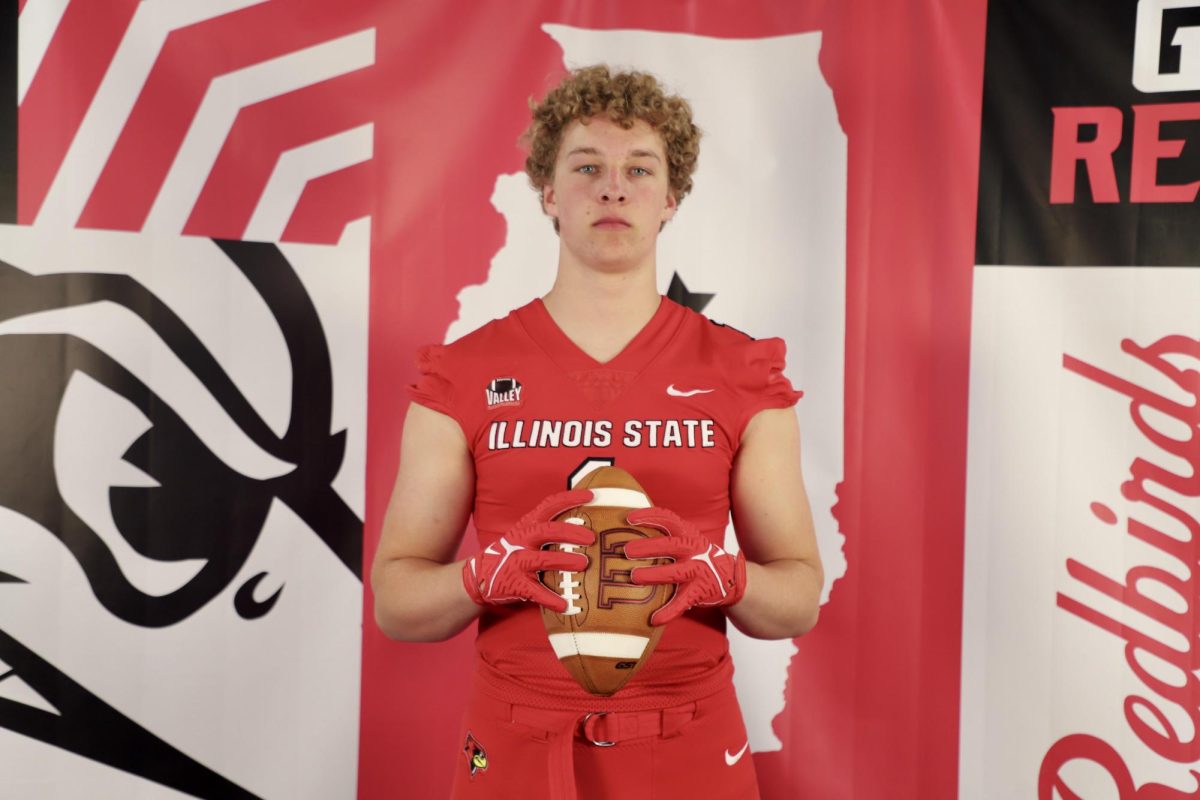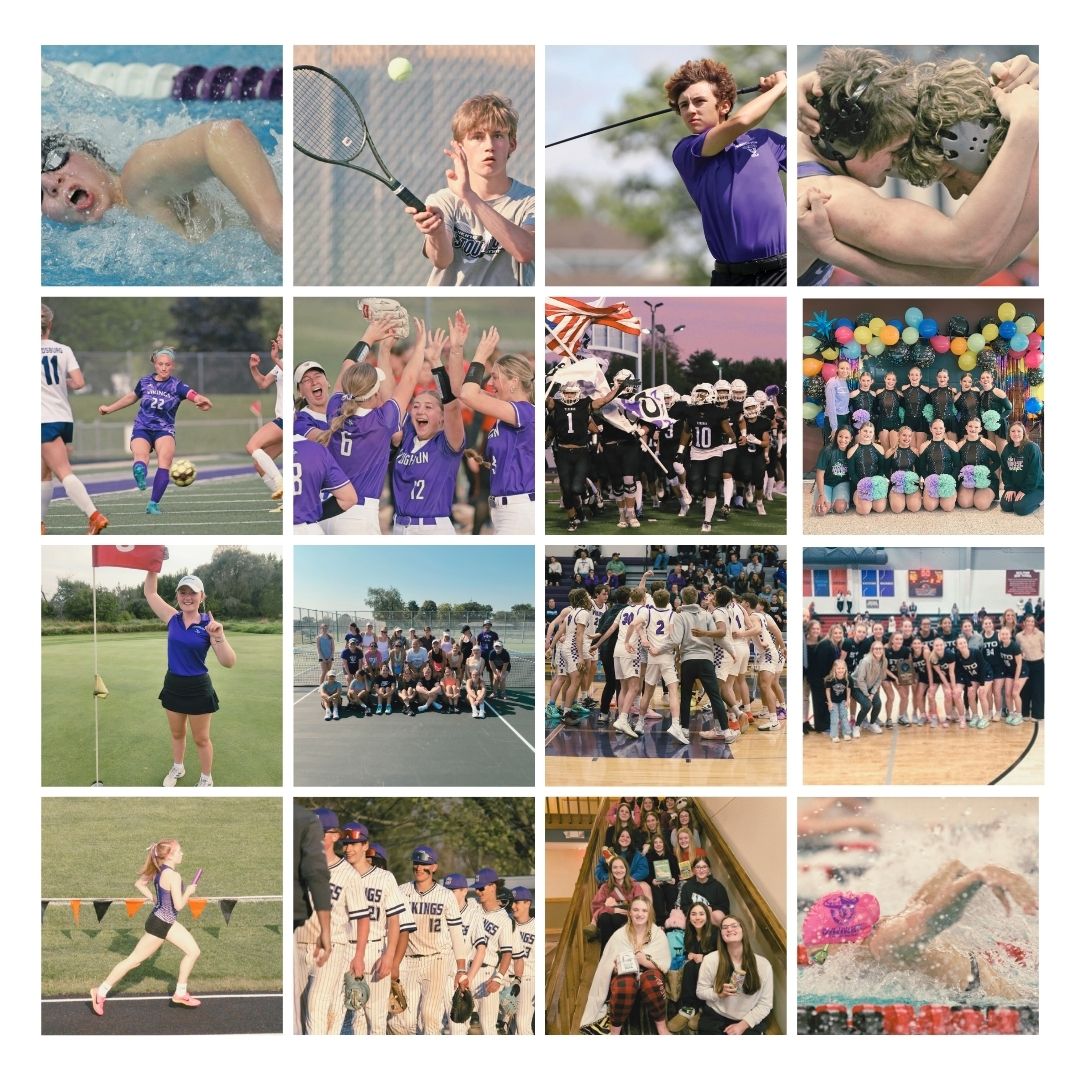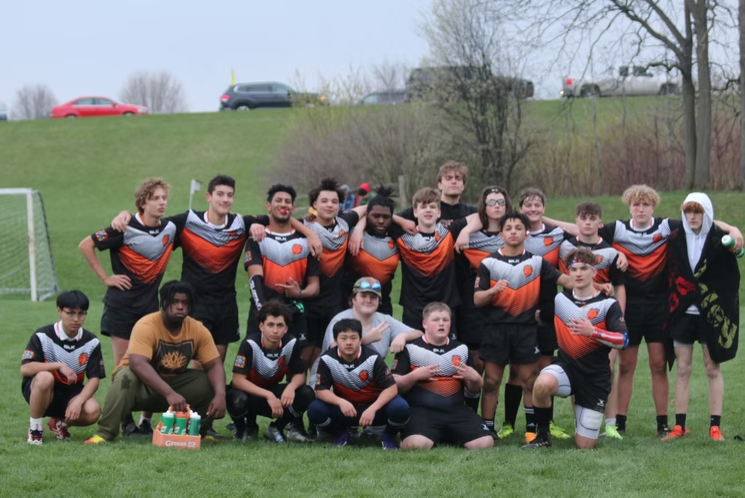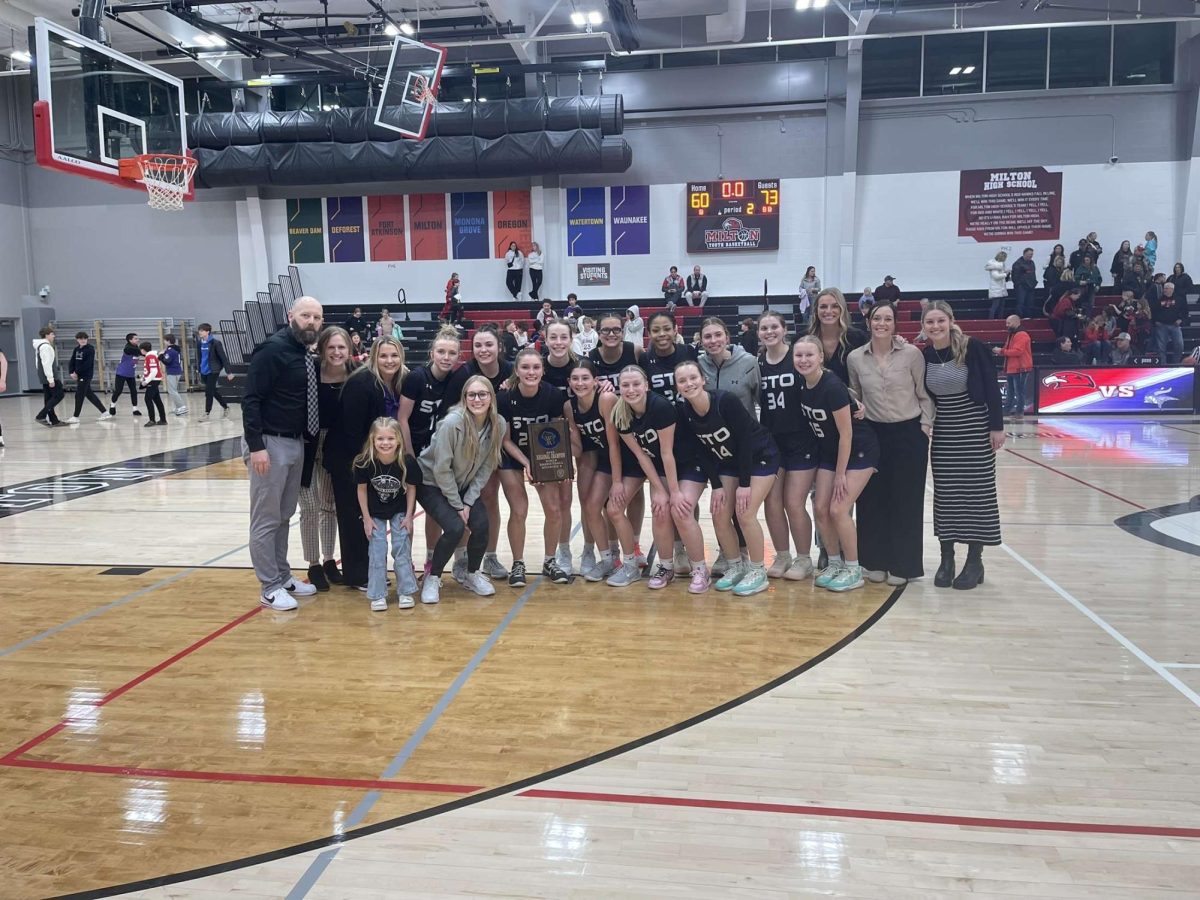Stoughton High School has graduated countless alums who have gone on to participate in college-level athletics. Every year, students with the desire and talents to continue their athletic careers are recruited by colleges throughout Wisconsin and the country, but how does that process actually work?
There are many misconceptions about college recruitment, and unless a college is actively pursuing you, the process may remain unclear. For SHS senior Ben Harman, athletic camps were what made committing to Illinois State University for Division One football, possible.
“Camps are a huge way we are recruited,” Harman said. “Sometimes you have to be invited, and others you can just go to. It’s how I got recruited by pretty much all the colleges that made offers [to me].”
For football and basketball players in particular, these camps offer unique opportunities to get recognized by college coaches, according to Harman. At these events, athletes undergo tests to gauge their performance and abilities. But where do you find information about these camps? According to Harman, Twitter is an essential resource for knowing where the camps are, what colleges will attend, and what recruiting opportunities are there.
Twitter and other social media sites provide a way to get the attention of college recruitment organizations. Often, athletes can publish their best moments of their season in a “highlight reel.”
“A big way people get recruited is by posting highlights and things to Twitter for coaches to see,” Harman said. “I know a few of my teammates have been a little more active with sending highlights directly to coaches and teams they want to go to.”
The National Collegiate Athletic Association (NCAA) and the Next College Student Athlete (NCSA) also have online recruitment portals where you can fill out a form with your statistics, event results, and performance records. It is sent to dozens of coaches who may be interested in pursuing you.
The reality of college recruitment is that only so many incoming athletes can commit to a school, so showcasing your athletic accomplishments and advocating for yourself is crucial if you wish to continue competing at a collegiate level. Ethan Soderbloom, a senior at SHS, is committed to the Massachusetts Institute of Technology (MIT) track and field team for pole vaulting. However, his pole vaulting PR, thirteen feet and six inches, is just below the MIT recruitment standard of fourteen feet.
“I knew I didn’t immediately meet the recruitment standards,” Soderbloom said. “If [MIT] had just looked at track results and filtered by pole vault results, they would’ve seen that I didn’t meet the requirement for being recruited.”
However, Soderbloom did not allow this to deter him.
“I decided to email the coach and told them everything that I’ve done, all of my academic and athletic accomplishments,” Soderbloom said. “He emailed back and wanted to talk. We set up a phone call, and that phone call, I think, was very helpful. He told me what needed to happen and what my grades needed to be.”
On his official visit to MIT, Soderbloom met a collegiate pole vaulter, who spoke to the head coach on his behalf. This may not be an average situation for aspiring college athletes, but it does highlight the importance of having a supportive figure leading you through the recruiting process.
“It’s very helpful to have someone advocating for you on the inside, which is what someone like a coach can do by filling out a recruitment letter for you,” Soderbloom said.
Harman agrees that coach involvement often makes or breaks the amount of offers a high school athlete receives from colleges.
“Having your coach be in contact with recruiters is huge,” Harman said. “Coach Becker had brought in the coach who recruited me to Illinois State. He came to talk to a few other football guys before I went to the camp. So he knew me, and then I was able to reach out to him, going into the camp, and say, ‘Here’s my number; I’ll be here at this session.’”
For any high school student who wishes to be a committed college athlete, there are several important things to know about the recruiting process to maximize your chances, interest, and offers.
“Reach out, just send that email,” Soderbloom said. “There’s no harm in not doing it because if you don’t, you’re still at square one with the normal admission process. Send that email, advocate for yourself.”
Categories:
College Recruitment: Debunked
Harman (12) poses in a photo declaring his commitment to Illinois State University for Division One football.
0
More to Discover
About the Contributor

Grace Greenwald, Associate Editor-in-Chief, Arts and Entertainment Editor and Distribution Manager
Grace Greenwald is a senior, and this is her second year on staff! She’s the arts and entertainment editor and the distribution manager. She joined the Norse Star because she felt it would be such a unique experience to hone her writing and investigative skills. Outside of the school paper, she’s also a Norwegian Dancer and is on the swim team. After high school, she’d like to major in biology, be an orthodontist, and travel! In her free time, she loves to read, bake, and be with her friends. Her family goes camping a ton!







